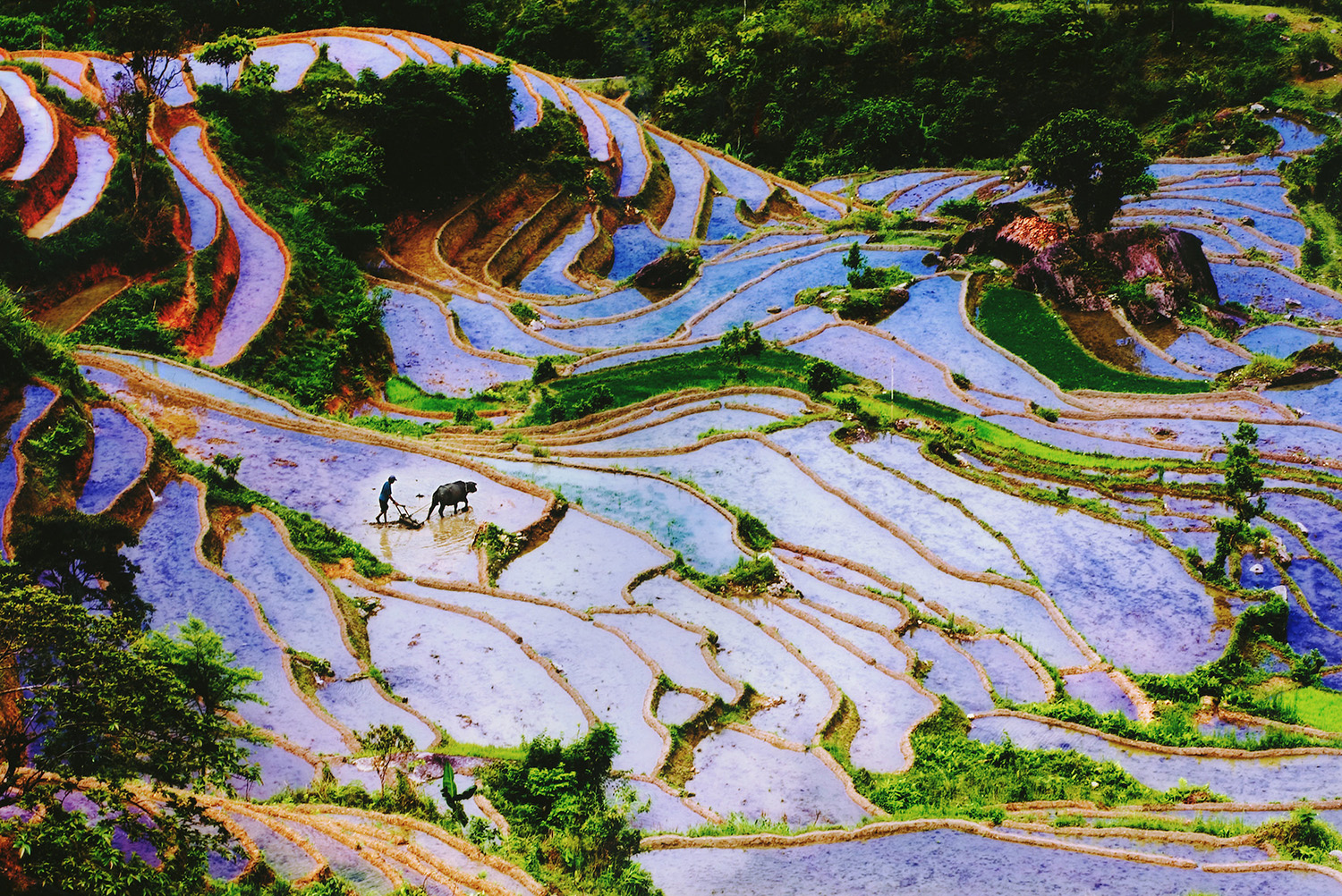Rice sector key to meeting Vietnam’s methane reduction targets by 2030

Studies show that rice production is both a victim and a contributor to climate change. At least 10 percent of global man-made methane comes from traditional rice cultivation methods, including flooding rice paddy fields and burning rice straw.
Methane is a potent greenhouse gas and considered a short-lived pollutant, with a lifetime of around 12 years. However, its global warming potential is at least 28 times that of carbon dioxide, making it an imperative to consider prioritizing methane emissions reduction to help curb global warming quickly.
At the COP 26 Glasgow, Vietnamese Prime Minister Pham Minh Chinh, together with more than 100 countries, signed a methane emission reduction pledge. The Pledge indicates that participants agree to take voluntary actions to contribute to a collective effort to reduce global methane emissions by at least 30 percent from 2020 levels by 2030.
The feasibility of fulfilling this pledge depends on the realistic levels of methane reduction at the national level. Researchers at the International Rice Research Institute (IRRI) analyzed how the Vietnamese government could achieve the 30 percent target methane emission reduction in this recently-published piece at East Asia Forum.
Learn more about greenhouse gas emissions and mitigation options in rice production systems here. IRRI has also published a guide to support how Vietnam could implement its Nationally Determined Contributions (NDCs) in the Paris Agreement.